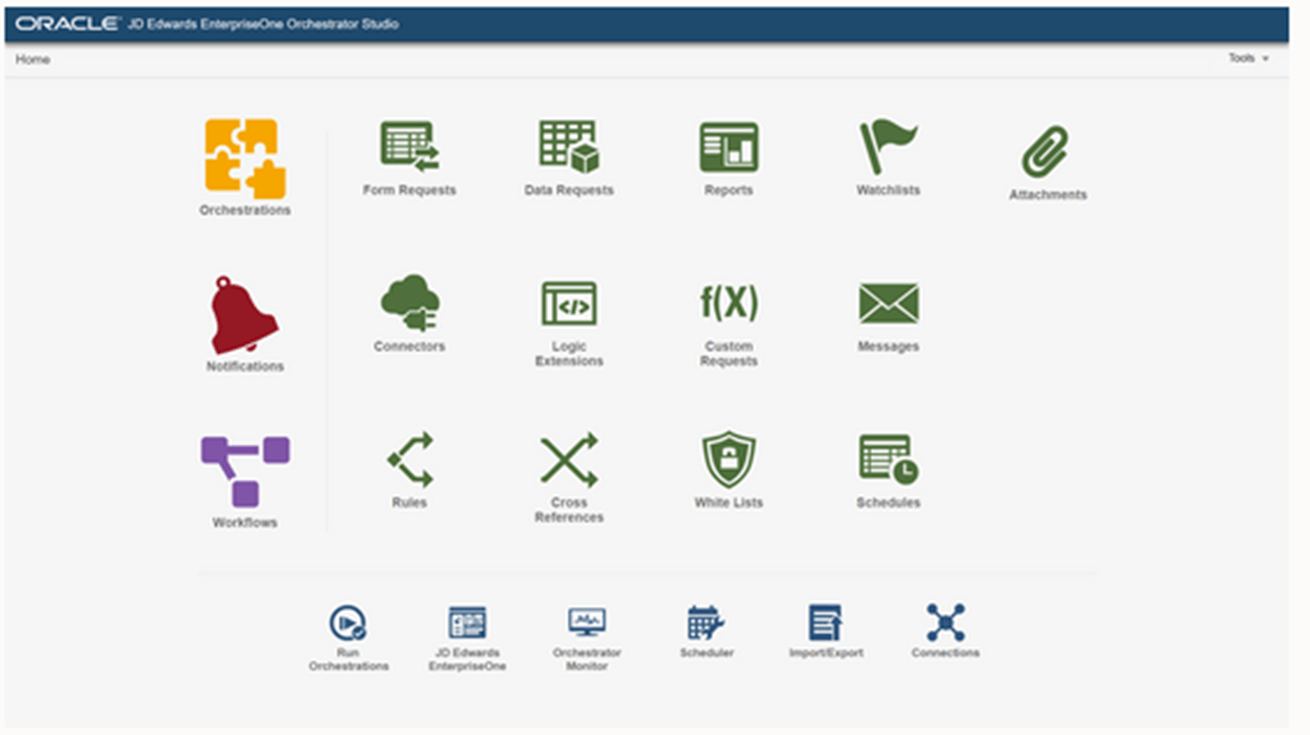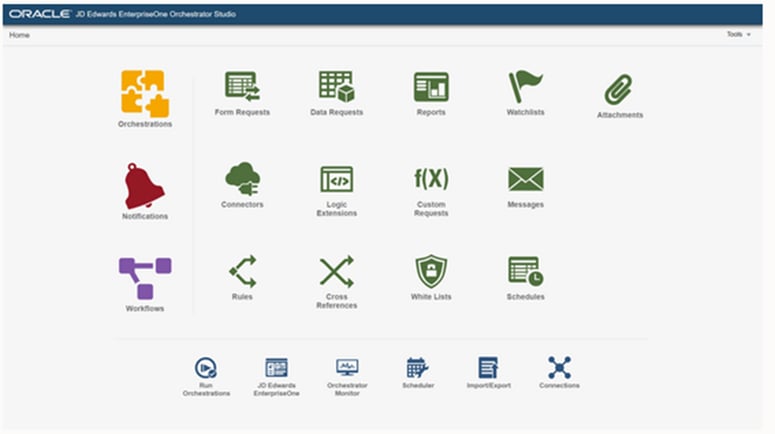

March 27th, 2024
2 min read

As AI becomes more sophisticated, and the Internet of Things expands its footprint, the opportunities from integrating the two technologies are multiplying faster than ever. When it comes to implementing AI and machine learning (ML) with IoT devices, some of the first players on the proverbial field were in manufacturing.
A manufacturer's warehouse is, in many ways, an ideal testing ground for this power couple. There are several mechanical parts at play, usually highly specialized and technical. As such, their management, and the extraction of the data they help gather, requires a deft touch and meticulous supervision.
Enter AI and IoT. This article explores how the two work together and how you can take advantage of that relationship in your workplace.
IoT devices, like sensors, can be embedded within machinery and collect real-time data on performance, temperature, and potential wear and tear. This data is then fed into AI algorithms, which can analyze it to predict equipment failure, optimize production processes, and even identify opportunities for preventive maintenance. This not only reduces downtime and saves costs, but also ensures consistent product quality and efficient resource allocation.
While the manufacturing industry has been a pioneer in leveraging AI and IoT, other sectors and businesses can benefit from this combined power too.
Smart agriculture utilizes sensors in soil and irrigation systems to monitor moisture levels and nutrient content, allowing AI to optimize watering schedules and fertilizer application, ultimately leading to increased crop yield and reduced water waste.
In healthcare, AI can analyze data from wearable devices to track patient vitals, detect potential health risks, and even personalize treatment plans.
The possibilities are truly endless, extending to areas like smart cities, intelligent transportation systems, and personalized customer experiences in retail.
Incorporating AI and IoT in the workplace can be difficult if the details of their relationship aren't laid clear, and further mystifies how this technological combination works with JD Edwards.
IoT devices record raw, useful data about your workplace. AI synthesizes that data when it is connected to the raw data's repository, which is your existing JD Edwards ERP system. By using Orchestrator as the integration point between the existing data in JDE and the AI, you can transform that raw data into the oil of your industry, making it a powerful fuel for future implementations within your business.
Orchestrator can connect to various data sources, including sensors on IoT devices, external applications, and of course, your JD Edwards system. It acts as a central hub, gathering information from these disparate sources. Orchestrator uses REST API to trigger action within EnterpriseOne (E1), such as work order creation.

Orchestrator also automates pre-defined workflows, or "Orchestrations." These workflows specify the actions Orchestrator should take with the data it receives. This allows for automated responses to events or data triggers. This could involve sending data to an AI engine for analysis, updating specific fields in JD Edwards based on sensor readings, or triggering notifications based on pre-set conditions.

Orchestrations can incorporate conditional logic. This allows for more complex workflows where the next step depends on the results of the previous step. For example, an Orchestration might only trigger an AI analysis if sensor data exceeds a certain threshold. Orchestrations can also be designed to handle errors and exceptions. This ensures the overall integration process remains robust even if unexpected situations arise.
By leveraging Orchestrator and Orchestrations, you can bridge the gap between your existing JD Edwards system and the exciting possibilities of AI and IoT. This paves the way for automated tasks, data-driven insights, and ultimately, a more efficient and intelligent business operation.
We can help make your AI-IoT future a reality. Drop us a line here and we’ll be in touch ASAP.
Leyla Shokoohe is an award-winning journalist with over a decade of experience, specializing in workplace and journalistic storytelling and marketing. As content manager at ERP Suites, she writes articles that help customers understand every step of their individual ERP journey.